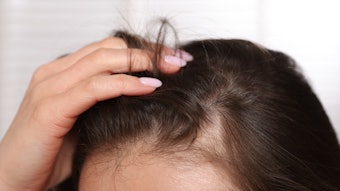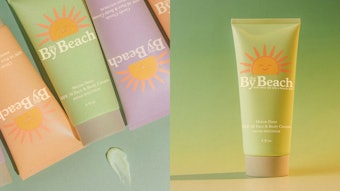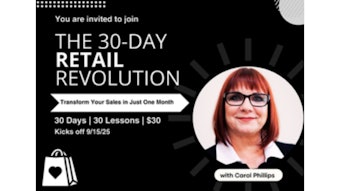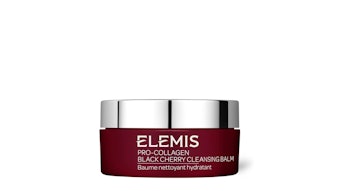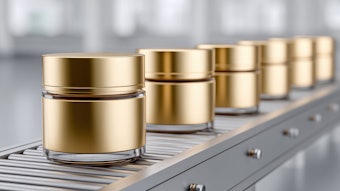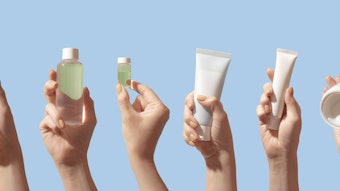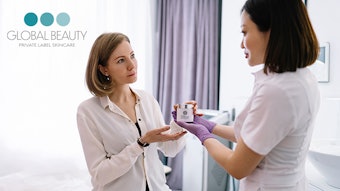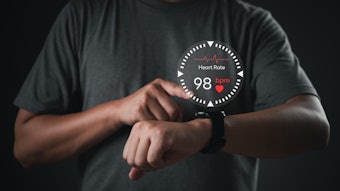
Great retailers are never born—they’re created. Retailing is a mindset that requires ongoing commitment, thoughtful integration and a culture of evolution. A loyal, lifelong consumer is the ultimate prize, which can be won through a relationship forged of emotional engagement before, during and after a visit.
The trick is in knowing how to maximize the experience so your clients feel a dynamic connection. Give considerable thought to developing educated retail systems for product placement, team training and incentives, as well as a savvy Internet strategy. Learn how to use retail metrics that measure progress, because they can offer invaluable direction on where adjustments need to be made. Trends change, as can client preferences, so retail excellence is always a work in progress.
Inspire with merchandise collections and themes that resonate with your existing brands and customer base. Explore lifestyle and cultural opportunities, such as locale, seasonality, luxury, eco-awareness, fashion, wellness, adventure, cuisine and other driving forces. Embrace and encourage the fine art of living, and give your clients a reason to turn to you as they make lifestyle choices.
Develop categories that go beyond skin care to include beauty, relaxation, clothing, accessories, wellness, fitness and local artisans. Growth trends point to the opportunities presented by accessories, such as scarves, wraps, hair adornments, hats, bags, jewelry and apparel.
The client experience
Work smarter—not harder—to position yourself as a trusted beauty and well-being expert. Staff development programs should focus on three phases of the client experience: pre-arrival, visit and post-experience. Utilize strategic processes and protocols to establish your credibility as a lifestyle expert and resource.
Pre-arrival. First impressions are lasting. Everything must be in place in order to create initial excitement. Successful spa retailers rely on their teams, so empower your entire staff by providing in-depth product knowledge, as well as effective processes and protocols for effective execution. Teach team members to communicate with integrity and personalize the client’s experience.
Clients can come from almost anywhere. They may find you online, via telephone, on referral or simply by walking in. It is crucial to be prepared to embrace and engage regardless of where and how they find your business. Ensure that you have a comprehensive “net” to use to catch potential clients, and that your brochure, website and team provide captivating and accurate material.
Optimize the appointment confirmation call. During the call, research personal preferences and the client’s preferred mode of communication—phone, e-mail, text or regular mail.
Often clients make up their minds about liking a spa within the first few seconds of arrival. What is the first thing they see? How—and how soon—are they greeted? Don’t disregard the powerful impressions left by sounds and scents; take advantage of all opportunities to engage and start a new relationship, or build on an existing one.
Your greeting staff should be prepared to immediately determine if they are welcoming a new client or a return guest, and accommodate accordingly. They should be prepared to offer and accept more information from first-time clients. Along with being the initial guide for the client’s spa journey, they are also beginning the process of capturing and managing the data received, creating further opportunities for customizing the experience and fostering loyalty.
During the visit. Weave a sensory story throughout the spa with thoughtful product placement and infusion. Expose clients to multiple impression points and discovery stations.
- Arrival is often an opportunity for outdoor art. Showcase a piece of art or fountain in a courtyard, and create an event that allows clients to meet the artist.
- The reception desk is an excellent place for clients to try hand cream or rose-water spray.
- Vanities, showers and locker rooms allow clients the ability to interact with your products directly. Work with vendor partners to get possible tester pricing, because sampling is a proven successful way to increase retail.
- Treatment rooms provide unparalleled one-on-one time. Use customized recommendation cards to elevate your involvement with the do-it-yourself (DIY) revolution. Offer recipes that showcase your products for at-home and in-between spa treatments. Create authenticity by also offering suggestions for menus or lifestyle rituals that don’t necessarily tie in to a purchase.
- Throw trunk shows, pop-ups, and revenue-generating events and parties, both on- and off-property. Connect clients to artists, designers and vendors. Regular clients will be rewarded for returning if there is always something new happening.
- If your spa is part of or close to a hotel, consider how to interact with hotel guests by offering a healthy turndown ritual or beauty bar to enhance existing honor bars. Coordinate with room service to provide in-room lifestyle gift baskets or swag bags.
Interdepartmental training and incentive programs yield results. Determine minimally acceptable standards appropriate to department, position and level of responsibility. Create and analyze formulas that tie directly into individual performance. Establish team goals for front desk, management, retail team members and technicians, and motivate staff with meaningful and personalized incentives for individuals and teams. Consider additional incentives when clients replenish their supply.
Post-experience. Motivate team members to create ongoing relationships and foster a brand-loyal clientele. Maximize the opportunity presented by the DIY trend. According to a recent article on CosmeticsDesign.com, “Convenience and economic rationalism are motivating consumers to bring home the beauty experience, and this has seen the at-home trend go from strength to strength throughout 2013.”1
Create opportunities for coaching and recommendations in-between appointments. Don’t let follow-up slip through the cracks; find out how recommendations and products are working. Be willing to accept negative feedback with gratitude for the opportunity to get it right. Provide proactive replenishment, and accept returns as necessary. Your goal is a client base that is pleased with its purchases. Clients now have the option of buying products online, at the drugstore or in department stores. Utilize knowledge of individual preference and conditions to combat fierce competition.
Legendary luxury retailer Neiman Marcus has created minimum goals, such as calling one client per hour, with great success. “Those staff members who are diligent in this practice have much higher sales productivity and personal achievement through developing a clientele,” says Charles Compton, retail expert, and president and owner of Mars Solutions, a retail consulting company.
Engage clients online
Internet presence matters. It just does. Global e-commerce sales are growing 19% per year, and worldwide retail Web sales are anticipated to reach $1 trillion in 2013. It is imperative that you cultivate loyalty by having ongoing conversations, such as e-newsletters that include healthy tips and expert advice, as well as dynamically organizing targeted specials, social media, trunk shows, lecture series and other relevant events. Have your team participate in providing expertise and techniques via blogs, videos and/or social media on topics from rosacea to smoky-eye makeup techniques to mindful eating. Build e-commerce capabilities and create strategic relationships with affiliates to extend your reach.
Retail metrics
If you want to improve results, it’s essential to understand where your business’s shortfalls are. Start with a comprehensive approach that measures performance, and commit resources to ensure success. Consistently monitor and make adjustments based on the metrics and the results they reveal. Determine which key performance indicators (KPIs) are on your dashboard. See Spa Retail KPIs.
Locale-appropriate retail
A beautifully articulated presentation and artful retail setting of products entices clients and encourages impulse buys, as well as repeat purchases. Authentic execution of the concept drives good spa retail programs. If your clients aren’t purchasing their beauty and well-being products through you, they’re doing it elsewhere and with less expertise to support their buying decisions. Developing some non-skin care, locale-appropriate retail offerings will increase revenues and client satisfaction.
Solidifying your reputation as an expert with customized guidance for clients’ needs will allow you to compete with other venues. Take charge of the opportunity presented by a lasting relationship, provide personalized service and coaching to your clients, and ensure that you will be turned to when they are looking to buy.
REFERENCES
- www.cosmeticsdesign.com/Market-Trends/Do-It-Yourself!-At-home-beauty-trend-takes-off
- www.internetretailer.com/2013/02/05/global-e-commerce-tops-1-trillion-2012 (Accessed Jan 9, 2014)
Kimberley Matheson Shedrick is the president and owner of Natural Resources Spa Consulting, Inc. (NRi) and mySpaShop.com. NRi has guided the creation of some of the world’s most significant spas and wellness centers, and is currently working with existing spas to improve performance and the bottom line. Prior to joining NRi, Matheson-Shedrick spent four years with Club Sports International (CSI) as the national spa director and general manager/executive spa director of the prestigious Peninsula Spa on Fifth Avenue in New York.
